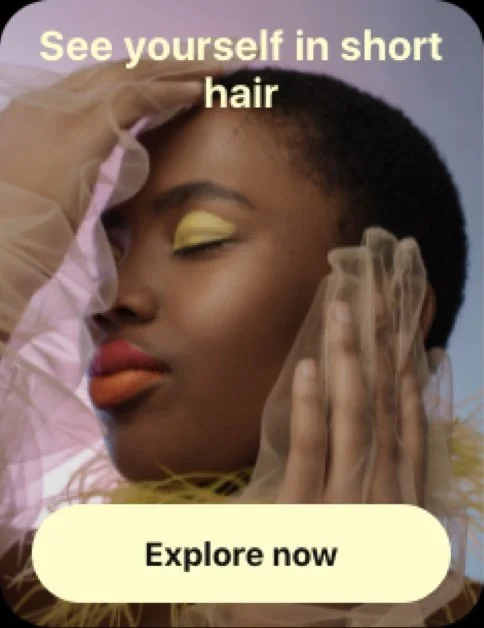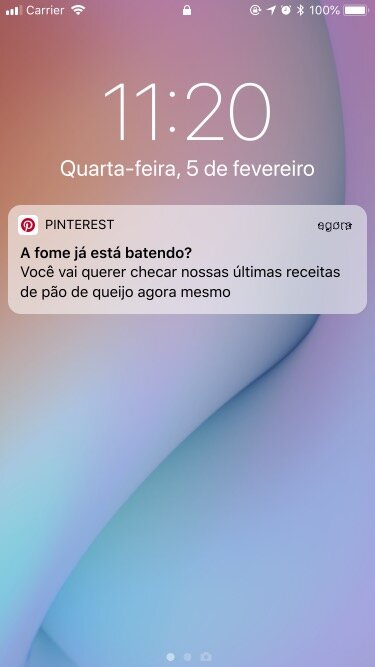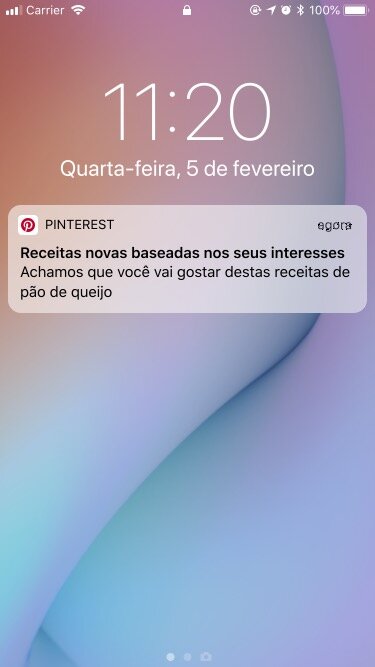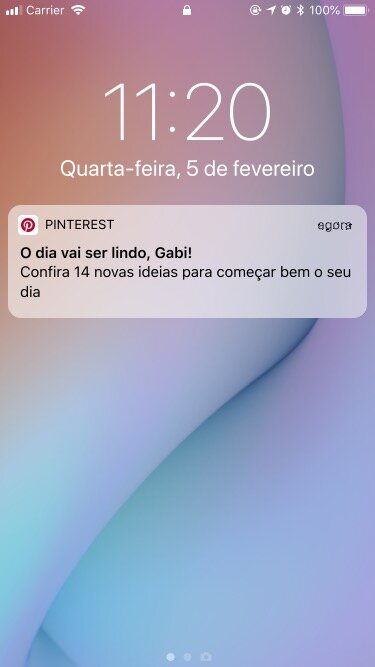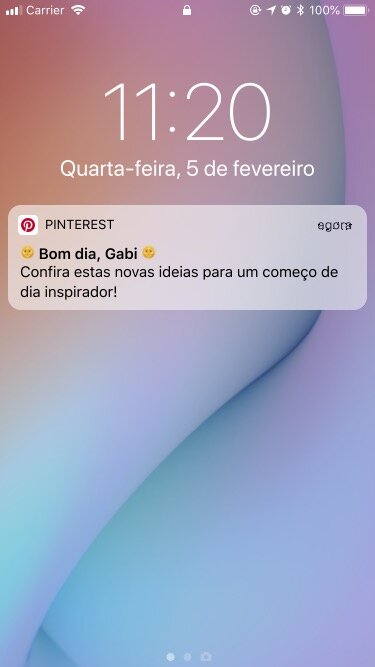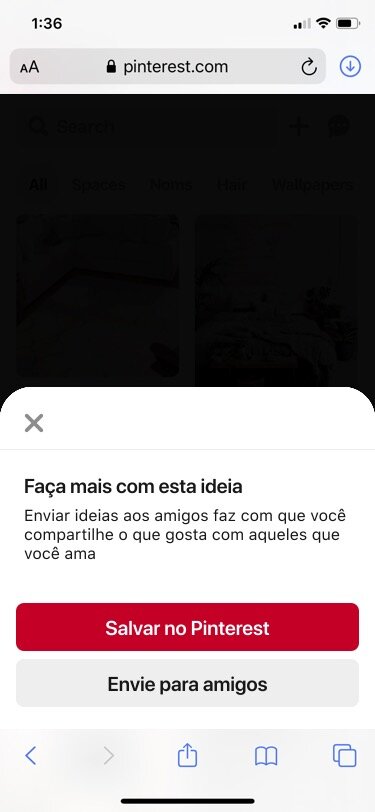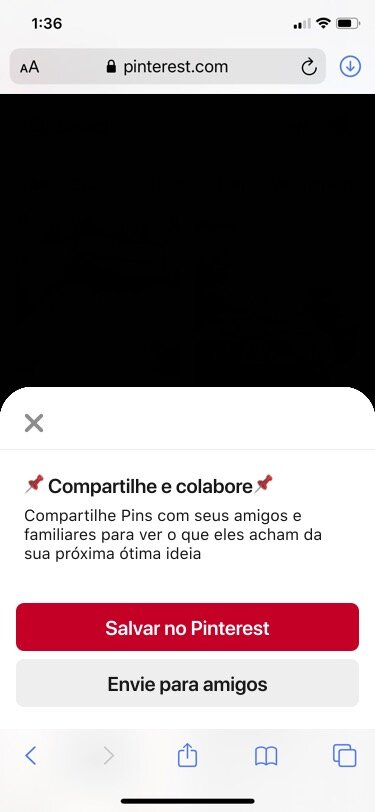Content Design @ Pinterest 📌
From 2019 til 2021, I worked as a content designer at Pinterest. My main areas of focus were activation, engagement, notifications and emerging tools for global markets, inclusion, and diversity.
Designing for Inclusivity: Hair Pattern Search
Hundreds of millions of people come to Pinterest for hair and beauty inspiration, but many don’t see themselves represented in the results. My team saw an opportunity to change that by building a more inclusive and representative search experience that made it easier to discover hair inspiration across all textures and patterns.
My Role
As the lead content designer, I was responsible for the end-to-end content strategy and language system behind Hair Pattern Search. My work included:
Developing content strategy and voice guidance for the experience
Naming the feature and its six search categories
Writing in-app copy across search, filters, tooltips, and educational surfaces
Balancing UX copy and education to empower users without overwhelming them
Ensuring language aligned with technical, legal, and accessibility requirements
This was a highly collaborative effort. I partnered with engineers, researchers, BIPOC hair experts, product designers, marketers, and legal teams to ensure that every decision, from naming patterns to surfacing results, respected and represented the communities we aimed to serve.
Challenges
Hair is deeply personal, and language carries weight. One of our biggest challenges was communicating what the tool could do without overpromising or alienating users. The search feature uses AI and computer vision to detect patterns, but the output isn’t always perfect. What one user sees as 3C curls might be labeled differently by the system.
We needed to balance technical accuracy with emotional nuance. Our language had to be respectful, culturally aware, and clear about the system’s limitations, while remaining encouraging and easy to use.
Outcome
We launched a first-of-its-kind inclusive search tool grounded in clear, user-centered language, crafted in partnership with the people it was built for. The content system I created served as a framework for how Pinterest can design for identity-aware experiences at scale with trust, clarity, and care at the center.
Looking at Latin America: A study from the field in Brazil
My Role & Approach
Role: Content Designer & Researcher
Timing: February 2020
Methods: User interviews, terminology assessment, language comprehension testing
As a member of the the Engagement Growth team, many of my goals in 2020 focused on increasing monthly average users in Latin America. The team chose Brazil as our initial focus due to the vast number of internet users in the country, as well as the breadth and diversity of the population. Writing plays a critical role in this effort—so this initiative was ideal for me to dig into the content strategy, adapt voice and tone, and put on my researcher hat.
Research Objectives
What signal did we already have?
Users, especially new users, have a tenuous grasp on what Pinterest is for. This is especially clear in LATAM, where 11% of first searches done by new users in Brazil are pinterest, pinterest entrar, or www.pinterest.com. This is after signing up for an account, not before!
What’s the hypothesis?
Brazilian Pinners and non-Pinners alike are accustomed and open to casual and informal brand messaging generally, and that attitude extends to their interactions with apps. So by shifting the tone we use when communicating with Pinners by region, we’ll increase users and form a bond/sense of trust with new and tenured Pinners alike.
How are we going to test and learn?
For our time on the ground in Brazil, we relied on a mixed approach to qualitative research.
~Our methodology~
In-home interviews with current Pinners in Rio de Janeiro and São Paulo to understand current barriers and drivers for Pinning behavior
UX lab sessions with non-Pinners to explore the new user experience
Pinner Dinner with highly-engaged Brazilian Pinners
What we tested…
During in-field research, Pinners and non-Pinners saw stimuli with 3 variations in tone (playful, casual, and direct) across both educational messaging and notifications. Participants were also invited to share their opinions and preferences as it relates to other apps whose messaging stands out most to them.
What did we learn?
Comprehension issues abound…
Nearly all of the participants had at least heard of Pinterest. Most also thought Pinterest either creates content or heavily curates it. Even among daily users, many believed that we’re more of a visual search engine in the style of Google images. Every single person we spoke to has used screenshots within the app to share content, some not even knowing that the opportunity to share or download ideas even exists. So there's definitely a lot of room for increased education and engagement here, plus maybe some new takes on how we can work with this pattern instead of against it.
Tone and voice matter a lot…
~Notifications~
There was a lot of talk among participants about push notifications, specifically those from iFood (a Brazilian food delivery startup). The notifications are fun and timely, with a good chunk of them going viral (that’s still a thing, right?). Fintech brand NuBank is big in Brazil now too, and also leans on a more informal tone to create a sense of trust and realness that many in the banking industry are unable to touch. I found it especially telling that 2 very different verticals (food delivery and finance) were among the top mentioned brands by those we spoke with. Pinterest naturally fits in between these brands, which means there's more room to play in this space—especially in LATAM!
~Personalization + specificity~
We all know personalization goes a long way. But it was kinda cool to see this play out IRL when a participant showed us his email inbox. He had stacks of unopened messages, but had only opened one in the past few weeks and it was from Pinterest (with a very specific subject line using his name and referencing a particular idea he’d been viewing).
On the same note, specificity came up in a lot of convos. People are open to more frequent communications from companies like us—but only if the message is extremely relevant to something in their lives right now (and not just something we think they’ll like).
~The eternal question: how fun is too fun?~
When shown stimuli with 3 variations in tone (direct, casual, and playful), participants were pretty evenly split with some loving the more fun options and others opting for the more direct language. But given what we’ve seen with iFood and NuBank, there’s more room for playful language when the time and channel are right.
Channels can make a big difference…
Everyone ignores email unless it’s absolutely necessary to engage with (many called it “bureaucratic”). SMS is largely ignored, too. So that leaves push notifs and in-app comms as a primary way to really catch the user's attention. But one channel that is never ignored in this market is WhatsApp. So deeply ingrained in the lives of users that they would often forget to mention this as an app on their phone.
Users were generally neutral when asked about the possibility of receiving messages from Pinterest on WhatsApp, but stressed that the content would need to be hyper-relevant and not very frequent. I’m interested in exploring how we can toe the line in this channel, without overwhelming users in an app that is extremely personal.
Comprehension is key…
Comprehension continues to be an area we can improve upon, and we should explore how to optimize our copy in various communication channels. A playful tone is welcome here, and the user base is quite open to greater personalization and targeting. Brazil is home to lots of cutting edge startups, so it only makes sense that we have room to be a little more experimental in this market than users have come to expect.
Recommendations
Exploring playful language and an informal tone
Working toward variety in the language and structure of notifications
Clearly defining in-product terminology from the very beginning of a new user’s experience (e.g. board or collection? Pin or idea?) and staying consistent throughout the platform
Exploring how results in LATAM compare with audiences in other regions like Southeast Asia, as we continue to focus on newer region in the future
